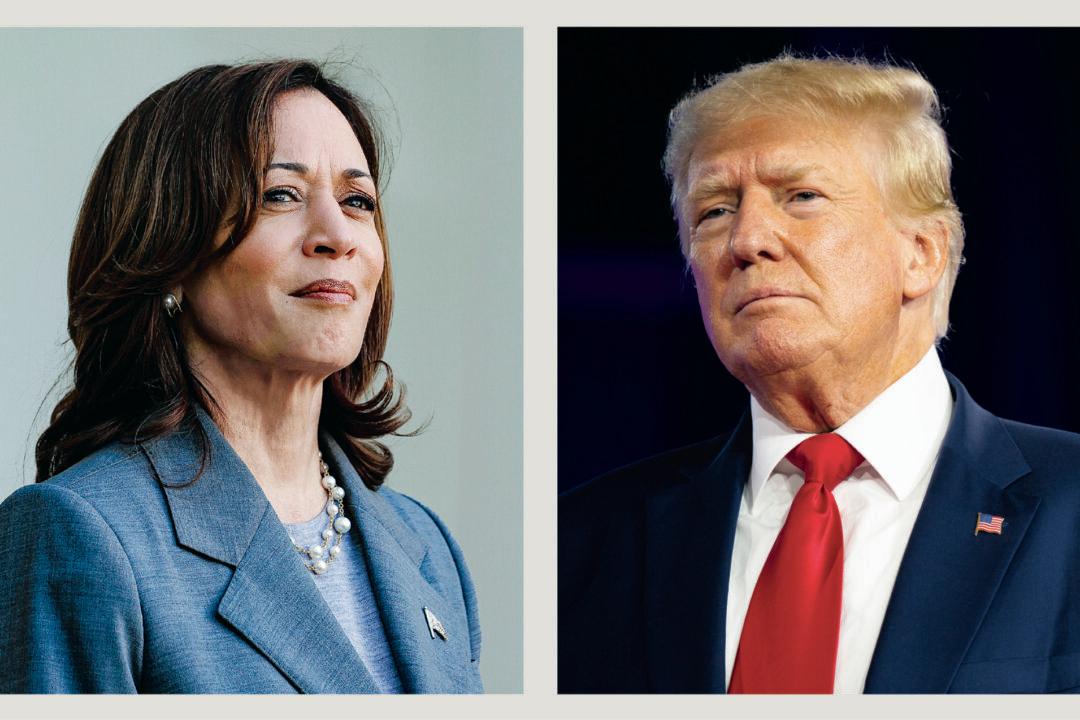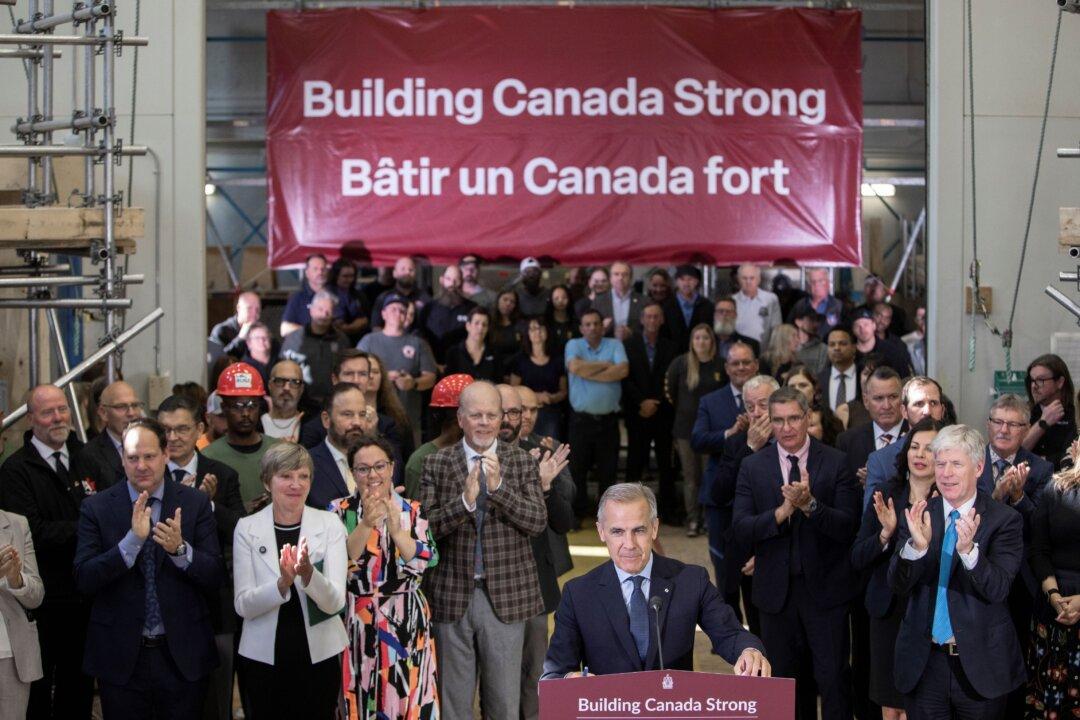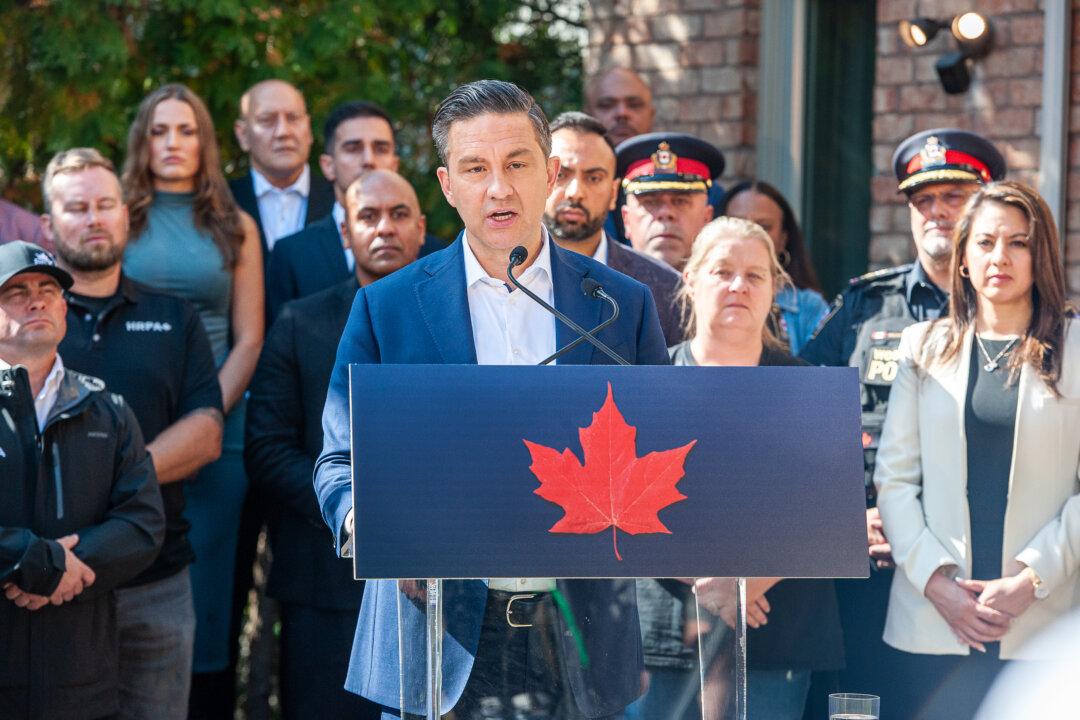With Americans heading to the polls in November to choose their next president, it bears pondering how each candidate’s approach may impact Canada.
While neither of the main contenders has specifically addressed what his or her foreign policy for Canada may be, Donald Trump’s four years in office, Kamala Harris’s tenure as vice president of the Biden administration, and their various recent public postures offer some clues.






